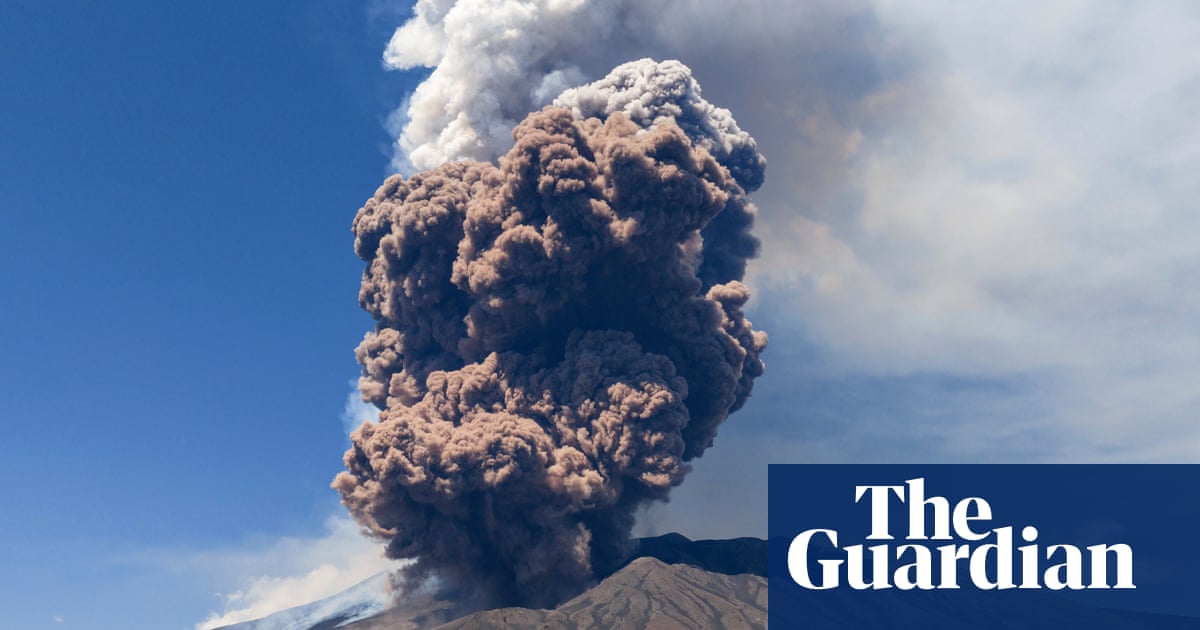The eruption of Mount Etna has drawn significant attention due to its implications for both the local population and the tourism industry. The article reports on a substantial ash plume emanating from the volcano, while emphasizing that authorities have deemed the situation safe for residents, which serves to mitigate public concern.
Public Perception and Safety Assurance
The article aims to project a sense of safety despite the dramatic visuals of ash and pyroclastic flows. By stating that there is "no current danger to the population" and that the flow has not affected tourist areas, the piece seeks to calm fears and maintain tourist confidence. This reassurance is crucial for an area that relies heavily on tourism for its economy.
Potential Information Gaps
While the report highlights the volcanic activity, it may obscure further details about the geological risks associated with such eruptions. The mention of a "partial collapse" and the potential evolution of the phenomenon is significant but may leave the public wanting more information about what that could entail in the future.
Credibility and Manipulative Potential
The article appears credible, drawing on expert sources such as the National Institute of Geophysics and Volcanology. However, the language used may have subtle manipulative elements aimed at downplaying the risks associated with volcanic eruptions. Phrasing like "experts assured him" can create a false sense of security, especially if the situation develops unpredictably.
Comparative Context
When compared to other reports on natural disasters, this piece might reflect a broader trend in media to prioritize tourism and economic stability over potential hazards. This could be seen as a strategic choice to protect local interests.
Socioeconomic Implications
The report’s emphasis on safety and the continued operation of nearby Catania airport suggests an intention to minimize economic disruption. In the larger context, this could influence local businesses reliant on tourism and potentially impact stock prices of companies involved in the travel and hospitality sectors.
Target Audience
The article is likely aimed at both tourists considering a visit to Sicily and the local community. By focusing on safety, it attempts to engage readers who are concerned about the eruption while also catering to those in the tourism sector looking for reassurance.
Global Dynamics and Relevance
In terms of global significance, volcanic activity can impact air travel and environmental conditions far beyond local areas. This report, while focused on a specific event, ties into broader concerns about natural disasters and their effects on global travel and trade.
AI Influence in Reporting
Although it is difficult to ascertain whether AI tools were used in crafting this article, certain phrases and structures might suggest automated assistance. The clarity and structure of the report could be indicative of AI-generated content, which sometimes aims to simplify complex information for mass consumption.
In conclusion, while the article provides important information regarding Mount Etna's eruption, the emphasis on safety and the avoidance of more severe implications may suggest an underlying intent to protect the tourism sector. Its credibility is bolstered by expert sources, yet the framing may also lead to a minimization of perceived risks. The overall message seems aimed at assuring both local residents and potential tourists of their safety amidst the volcanic activity.
